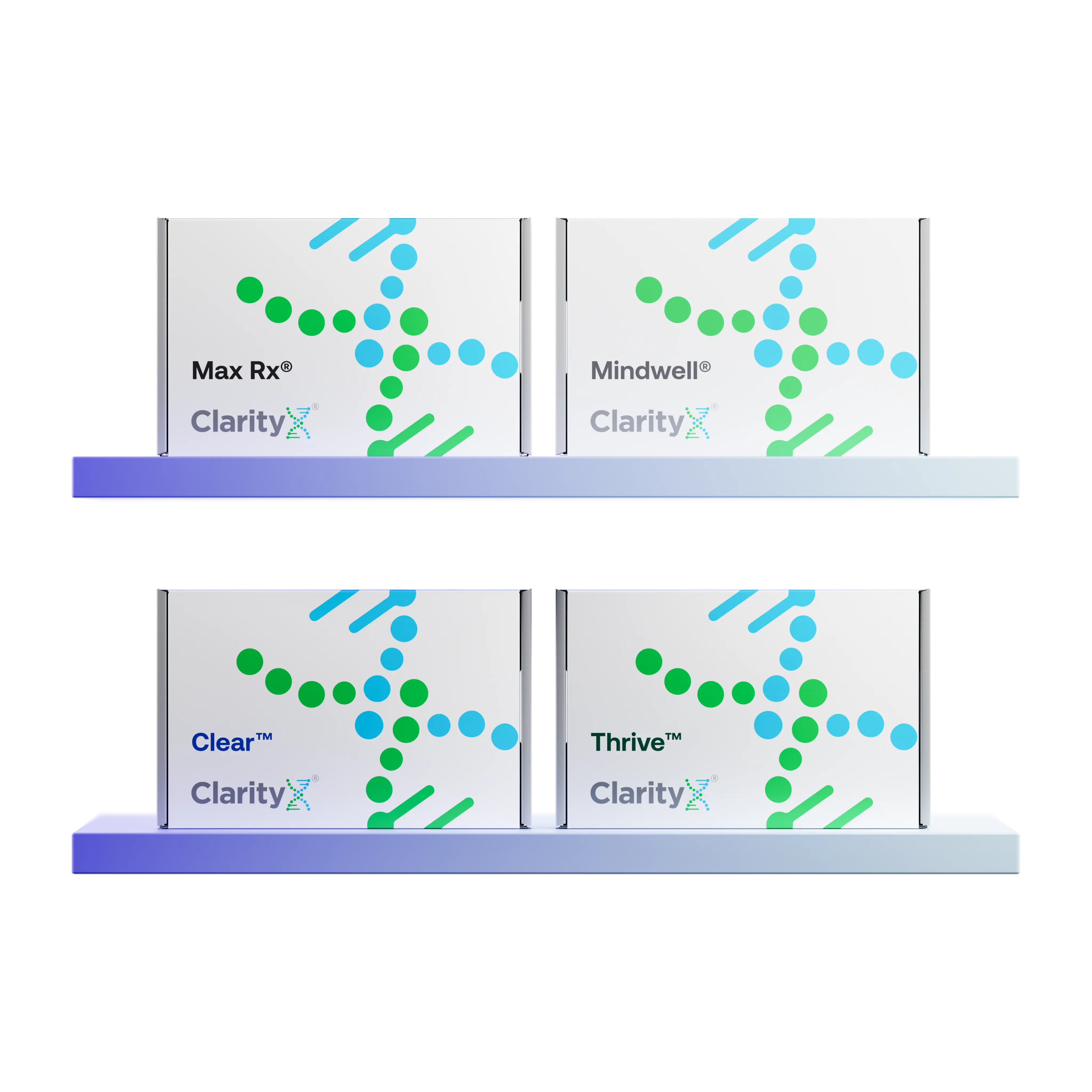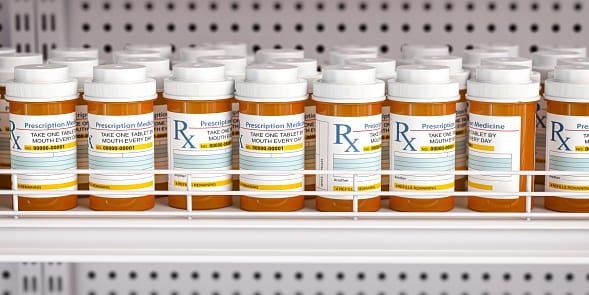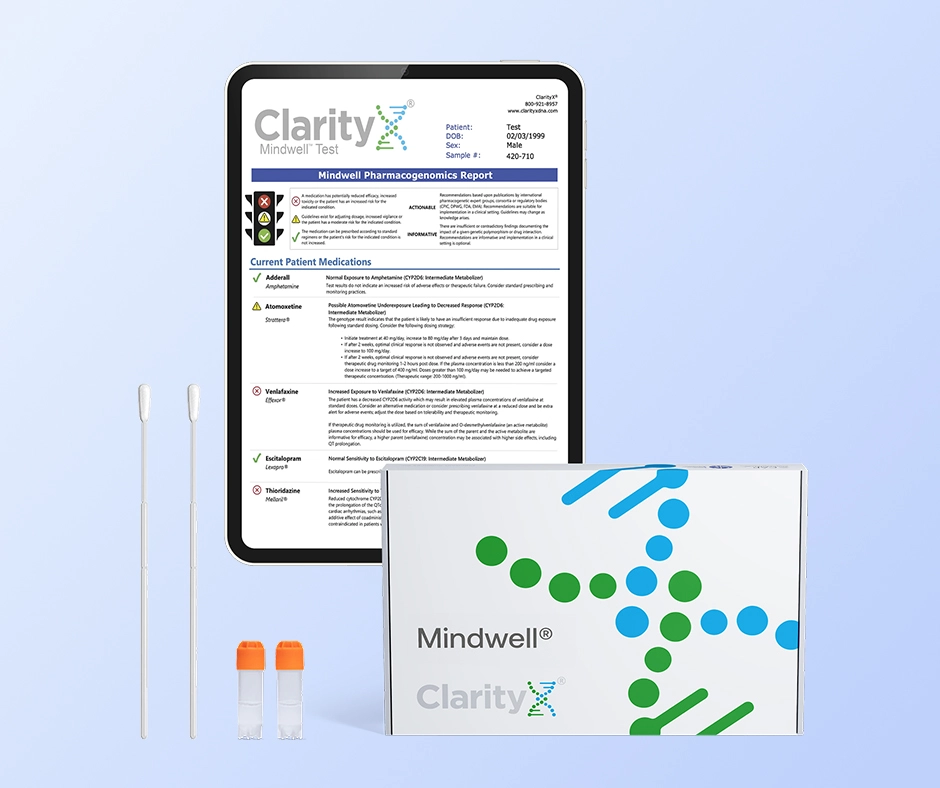Key Highlights
- Leflunomide (Arava) is a disease-modifying antirheumatic drug (DMARD) used to treat rheumatoid arthritis and psoriatic arthritis.
- This medicine helps calm the immune system, reducing joint inflammation and slowing the progression of the disease.
- You can expect to see some improvement in your symptoms in about 4 to 8 weeks.
- It may take up to 6 months of regular use to reach full effectiveness.
- While taking this medication, it is very important to have regular blood tests. These tests check your liver function and blood cell counts.
Introduction
If you’ve recently started taking leflunomide (Arava) for rheumatoid arthritis or another autoimmune condition, you’re probably wondering when you’ll start to feel better.
Leflunomide is a disease-modifying antirheumatic drug (DMARD), which means it works by targeting the underlying sources of inflammation (e.g., the overactive immune response). However, it doesn’t provide instant results. In this article, we’ll take a closer look at how leflunomide works, how long it typically takes to show benefits, and what factors might influence how safe and effective the medication may be.
Understanding Leflunomide and Its Uses
Leflunomide is a type of medication known as a disease-modifying antirheumatic drug (DMARD), specifically a type of DMARD. These medications operate differently from pain relievers, which merely conceal symptoms. DMARDs target the underlying causes of the disease. Their objective is to mitigate the overactive immune system that leads to inflammation and joint damage in conditions such as rheumatoid arthritis and psoriatic arthritis.
By lessening inflammation, Leflunomide helps reduce pain and swelling. This also helps slow the disease's progress, making it an important option in rheumatoid arthritis treatment. This approach can greatly improve joint health over time and enhance the quality of life for people with these types of arthritis.
The Mechanism of Action of Leflunomide
Leflunomide is a drug that treats rheumatoid arthritis by altering how the immune system functions. Unlike some other antirheumatic drugs, Leflunomide is not derived from living cells, making it a non-biologic medication. It is a synthetic drug that primarily blocks an enzyme called dihydroorotate dehydrogenase (DHODH).
DHODH is important for making pyrimidines, which are needed for DNA and RNA. Immune cells, especially those that cause inflammation in rheumatoid arthritis, need a steady supply of pyrimidines to grow and work properly.
By blocking DHODH, Leflunomide cuts off the supply of pyrimidines to these immune cells. This helps stop them from rapidly multiplying and lowers the production of harmful chemicals that can hurt the joints.
Common Conditions Treated with Leflunomide
Leflunomide is mainly used to treat rheumatoid arthritis and psoriatic arthritis. These are autoimmune diseases. In these conditions, the immune system confuses healthy tissues with invaders, attacking the joints.
Rheumatoid arthritis causes long-lasting swelling in the lining of the joints, known as the synovium. This leads to pain, stiffness, and can result in joint damage over time. Psoriatic arthritis has similar joint problems and is also linked to skin inflammation and patches that many know as psoriasis.
Even though these diseases are different, both have issues with an overactive immune response. Leflunomide is helpful because it targets this problem. It can control the immune system, making it a great option for treating rheumatoid arthritis and psoriatic arthritis.
Initial Expectations After Starting Leflunomide
Starting a new medication like Leflunomide brings excitement but also some questions. One common question is: "When will I start feeling better?" It's important to note that Leflunomide does not provide quick relief, like pain medicine.
Instead, it gradually works to reduce inflammation that causes your condition by slowing the production of immune cells that contribute to this inflammation. It doesn’t affect the immune cells or inflammatory processes already at work within your body. It takes time (weeks) for new cells to be produced, and this production is the process that’s affected by leflunomide. This means that you might not see improvement right away. Most people begin to feel some relief within 4 to 8 weeks after starting treatment. However, to get the full benefits of Leflunomide, you may need to use it for up to 6 months.
What to Expect in the First Few Weeks
In the first few weeks of taking Leflunomide, you may not notice a big improvement in your symptoms. It takes time for the medicine to build up in your body and start helping with the immune response that causes joint inflammation. Don’t lose hope if your pain, swelling, or stiffness doesn’t change right away.
It's important to keep taking your medication exactly as your doctor prescribed, even if you don’t see quick results. If you skip doses or stop the medication too soon, it can change how well it works and make it take longer to feel better.
Your doctor might also recommend additional treatments to alleviate your symptoms during this early stage. Pain relievers, physical therapy, or corticosteroid injections can provide short-term relief while Leflunomide begins to take effect.
Monitoring Progress and Health Markers
While you take Leflunomide, regular blood tests will be a part of your check-ups. These tests help keep track of your health and ensure the medication is working well. Your doctor will set up these tests frequently, especially in the first few months of your treatment.
One important part of this monitoring is checking liver function through liver function tests (LFTs). Leflunomide can affect the liver sometimes, so it's crucial to make sure your liver function remains healthy during the treatment. Your doctor will also check your complete blood count (CBC), which includes white blood cells and platelets. Leflunomide impacts the levels of these cells, which can affect your body's ability to fight infections and help with blood clotting.
Regular blood tests enable your healthcare provider to identify any potential side effects early. This allows them to adjust your treatment plan if necessary. Be sure to communicate any unusual symptoms or concerns you have, even if they don't appear related to the medication.
Detailed Timeline for Leflunomide Effectiveness
Understanding how long it takes for Leflunomide to work can help you set your expectations. Everyone may respond differently, but having a timeline can help you track your progress. Remember, being consistent with this medicine is very important.
You may begin to see small changes in the first 4 to 8 weeks. These changes can be a slight decrease in joint stiffness or fewer painful joints. The biggest gains usually happen after using Leflunomide for 3 to 6 months consistently.
Short-Term Effects and Early Indicators
In the beginning stages of Leflunomide treatment, it is common to notice some side effects (e.g., nausea, diarrhea, and loss of appetite). Some side effects may improve as the body adjusts to the medication.
Early in therapy, it’s important to communicate with your doctor to ensure the medication will be well-tolerated. Monitoring for side effects is the primary focus in the initial weeks of treatment.
Long-Term Benefits and Optimal Results
With regular use and proper management, Leflunomide can provide significant long-term benefits for many individuals with rheumatoid arthritis and psoriatic arthritis. As this drug continues to slow down the production of immune cells contributing to inflammation, you may notice significantly less baseline joint pain, stiffness, and swelling, or fewer flares over time.
Still, it’s important to remember that Leflunomide affects everyone differently. While many experience significant improvements, some may only notice minor changes.
Factors Influencing Leflunomide Effectiveness
Many factors can influence the effectiveness of Leflunomide for you. Each individual reacts to medications differently. Elements such as age, genetics, overall health, and the severity of your condition can play a significant role. Genetics can play a significant role in determining not only how a medication is metabolized, but also its effectiveness. For instance, variations in the gene that codes for DHODH (the target of leflunomide) may help predict whether leflunomide is likely to be effective.
It is also very important to follow your prescribed dosage and schedule. Not taking the medicine regularly can reduce its effectiveness and may lead to flare-ups of the disease. If you find it difficult to adhere to your dosage due to side effects or other concerns, consult your healthcare provider.
Impact of Dosage and Administration
Your doctor will determine the appropriate dose of Leflunomide for you. They will take into account your overall health, the activity level of your disease, and any potential interactions with other medications. The standard starting dose is either a 10 mg or 20 mg tablet, taken once daily.
Sometimes, your doctor may start treatment with a higher dose for a short period. This approach aims to achieve the appropriate levels of medication in your body more quickly. Consequently, it can help the medicine begin to work sooner.
It is essential to follow your doctor's directions about how much to take and when to take it. Do not change your dose or stop taking the medication without consulting your healthcare provider, even if you feel better.
Interaction with Other Medications
Before you start Leflunomide, it's important to tell your doctor about all the medications you are taking, including prescription drugs, over-the-counter medications, and herbal supplements. Leflunomide can interact with certain medicines. This could change how well they work or raise the risk of side effects.
For instance, Leflunomide can interact with certain NSAIDs, such as ibuprofen and naproxen. It can also influence corticosteroids like prednisone. Your doctor might adjust the dosages of these medications or suggest alternative options to prevent adverse reactions.
If you plan to use biologic DMARDs, such as tumor necrosis factor inhibitors like adalimumab or etanercept, make sure to inform your doctor about your Leflunomide use. It's important to carefully consider and possibly adjust combinations of these medications.
Lifestyle and Dietary Considerations
While taking Leflunomide, maintaining a healthy lifestyle can enhance your treatment and improve your well-being. Consuming a balanced diet and exercising regularly can help manage weight gain, which is a potential side effect of the medication.
It's also crucial to be careful with alcohol. Drinking too much can raise the risk of liver problems.
Since Leflunomide can slightly increase the risk of infection, it's wise to take measures such as washing your hands frequently, avoiding close contact with sick individuals, and ensuring your vaccinations are up to date as advised by your healthcare provider.
Contraception is highly important for individuals of childbearing potential considering leflunomide. This medication slows down rapidly dividing cells, and can be extremely toxic to a fetus. Leflunomide must be stopped immediately if pregnancy is detected.
Managing Side Effects and Precautions
Leflunomide is usually safe for most people. However, it’s important to be aware of the potential side effects.
Common Side Effects to Watch For
Some common side effects of Leflunomide include:
- Diarrhea
- Headache
- Nausea
- Rash
- Abnormal LFTs (liver function markers)
- Hair loss
- Elevated blood pressure
- Infection
Some effects (e.g., GI upset) may improve as the body adjusts to the medication. However, other effects can worsen over time and require consistent monitoring (e.g., changes in liver function or an increased risk of infection). It’s important to follow up with your healthcare providers regularly while using leflunomide.
Managing potential side effects is crucial when taking Leflunomide. If you observe any negative reactions, seek medical advice from your rheumatologist or healthcare provider immediately. They can provide specific guidance and adjust your treatment plan if necessary.
When to Consult Your Healthcare Provider
Most side effects of Leflunomide can be managed, but some require prompt medical assistance. If you experience severe side effects such as persistent vomiting, severe abdominal pain, yellowing of the skin or eyes, unexplained bruises or bleeding, shortness of breath, or chest pain, seek medical care immediately.
Your healthcare provider will regularly check your blood count and liver function through blood tests, particularly in the first few months of treatment. These tests are crucial as they can identify any issues early, facilitating quick solutions and adjustments to your treatment plan.
Conclusion
Leflunomide can be a valuable tool in managing autoimmune conditions like rheumatoid arthritis, but it’s important to remember that it works gradually. While some people may begin to notice improvements within about 4 to 6 weeks, it often takes 3 months or longer to experience the full benefits of continuous therapy. Staying consistent with your medication, attending regular follow-up appointments with healthcare providers, and being patient with the treatment process are key to getting the most out of your treatment.
Lastly when considering treatment options like Leflunomide genetics can also play a vital role in determining which medications will be best suited for you. A simple test can help reduce the trial and error process associated with finding the right medication. Find out more by visiting www.clarityxdna.com
Frequently Asked Questions
How long does it typically take to notice improvement?
You might see some quick effects or signs within a few weeks, as various treatments interact with immune system cells. However, you will usually notice a bigger improvement in symptoms after 4 to 8 weeks. Remember, leflunomide can take up to 6 months to work fully.
Can the effectiveness of Leflunomide vary from person to person?
Yes, the effectiveness of Leflunomide can vary from person to person. This difference can stem from how individuals react to medications, their immune systems, and the severity of their condition.
Are there any specific tests required while on Leflunomide?
Yes, it is important to have regular blood tests when taking Leflunomide. This helps monitor liver function and blood cell counts, particularly if you have a history of liver disease. Your healthcare provider will decide how often you need these tests.
What should I do if I experience severe side effects?
If you have serious side effects while taking Leflunomide, call your healthcare provider right away. You should also get emergency help if you have trouble breathing or feel chest pain.
Is Leflunomide suitable for long-term use?
Whether Leflunomide is good for long-term use depends on how you respond to it, how well it manages your condition, and how you handle any side effects. Talk to your doctor about your long-term treatment plans regarding this medication.
References
https://dailymed.nlm.nih.gov/dailymed/drugInfo.cfm?setid=c288d1d3-3fbe-4c34-a28a-923d515809b3
https://www.ncbi.nlm.nih.gov/books/NBK507863/
https://www.ncbi.nlm.nih.gov/books/NBK557799/
https://pubmed.ncbi.nlm.nih.gov/34747629/
https://clarityxdna.com/blog/genetic-testing-for-medication-efficacy/
https://clarityxdna.com/blog/learn/pharmacogenetics-testing/






